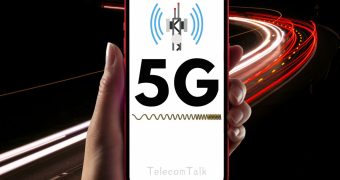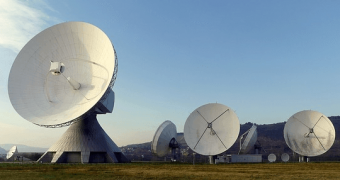
In addition to voice, data, and video, networks now need to support AI (Artificial Intelligence) traffic generated by smartphones, cameras, robots, drones, smart glasses, and more. To address this need, Nvidia recently launched the AI Aerial suite of computing software and hardware for designing, simulating, training, and deploying AI radio access network technology (AI-RAN) for wireless networks.
Also Read: AI Can Be a Game-Changer for Europe’s Economic Growth: Report
Nvidia AI Aerial Suite
Nvidia says with AI-RAN, communication service providers (CSPs) can deploy 5G and 6G telecom networks that handle voice, data, video, AI, and generative AI workloads on a unified infrastructure. This will be a transformative opportunity for CSPs, enabling them to leverage their existing networks to deliver AI inferencing at scale with low latency and guaranteed quality of service (QoS).
According to Nvidia, its AI Aerial platform enables a software-defined, accelerated platform capable of powering RAN and AI from the same infrastructure, allowing CSPs to support AI today while future-proofing for 6G.
Nvidia also claims that AI Aerial is the world's first AI-RAN platform capable of hosting both generative AI and RAN traffic, while also integrating AI into network optimisation.
Also Read: AI Is a Force for Good, Says New Google India MD: Report
Benefits of Nvidia AI-RAN
The benefits of Nvidia's AI-RAN include:
- Accelerated compute capabilities for new AI applications and services.
- The ability to allocate 5G and AI workloads dynamically based on demand using the same GPU.
- AI algorithms, through the Aerial AI Radio frameworks, that improve spectral efficiency by up to 20 percent.
- Future-proofing for 6G with a simple software upgrade.
- Support for various market segments, including O-RAN, private 5G, and virtual RAN (vRAN).
Partnerships Accelerating AI-RAN Development
Nvidia has partnered with T-Mobile, Ericsson, and Nokia through the newly established AI-RAN Innovation Center, aimed at accelerating the development and commercialisation of AI-RAN technology. These collaborations are expected to enhance network performance, reduce operational costs, and drive future telecom innovations, the company said.
Key Features of the AI Aerial Platform
Key features of the Nvidia AI Aerial platform include the Aerial CUDA-Accelerated RAN, software libraries for developing high-performance RAN workloads, and Aerial AI Radio Frameworks that integrate AI into 5G/6G radio signal processing. The platform also includes a Digital Twin for simulating wireless networks, further optimising their design and deployment.
Nvidia says the AI Aerial platform enables telecommunications service providers to support teleoperations for manufacturing robots and autonomous vehicles, computer vision in manufacturing and agriculture, logistics, generative AI-driven co-pilots and personal assistants, emerging spatial computing applications, robotic surgery, 3D collaboration, and advancements in 5G and 6G.
Also Read: OpenAI’s Content Partnerships with Media So Far in 2024
Use Cases and Industry Impact
Use cases cited by Nvidia include vRAN deployments, AI and generative AI applications, AI factories (data centers that can support sovereign AI models and manufacture intelligence), containerised network functions, and enabling 6G research across all layers of the RAN stack.
According to Nvidia, the platform will significantly reduce the total cost of ownership and open up new revenue opportunities for telecom operators in enterprise and consumer services.
At the time of the announcement, Nvidia stated that key partners in its AI Aerial ecosystem include Softbank and Fujitsu, along with server infrastructure providers such as Dell Technologies, Hewlett Packard Enterprise, and Samsung, and cloud stack providers such as Canonical, Red Hat among others.















